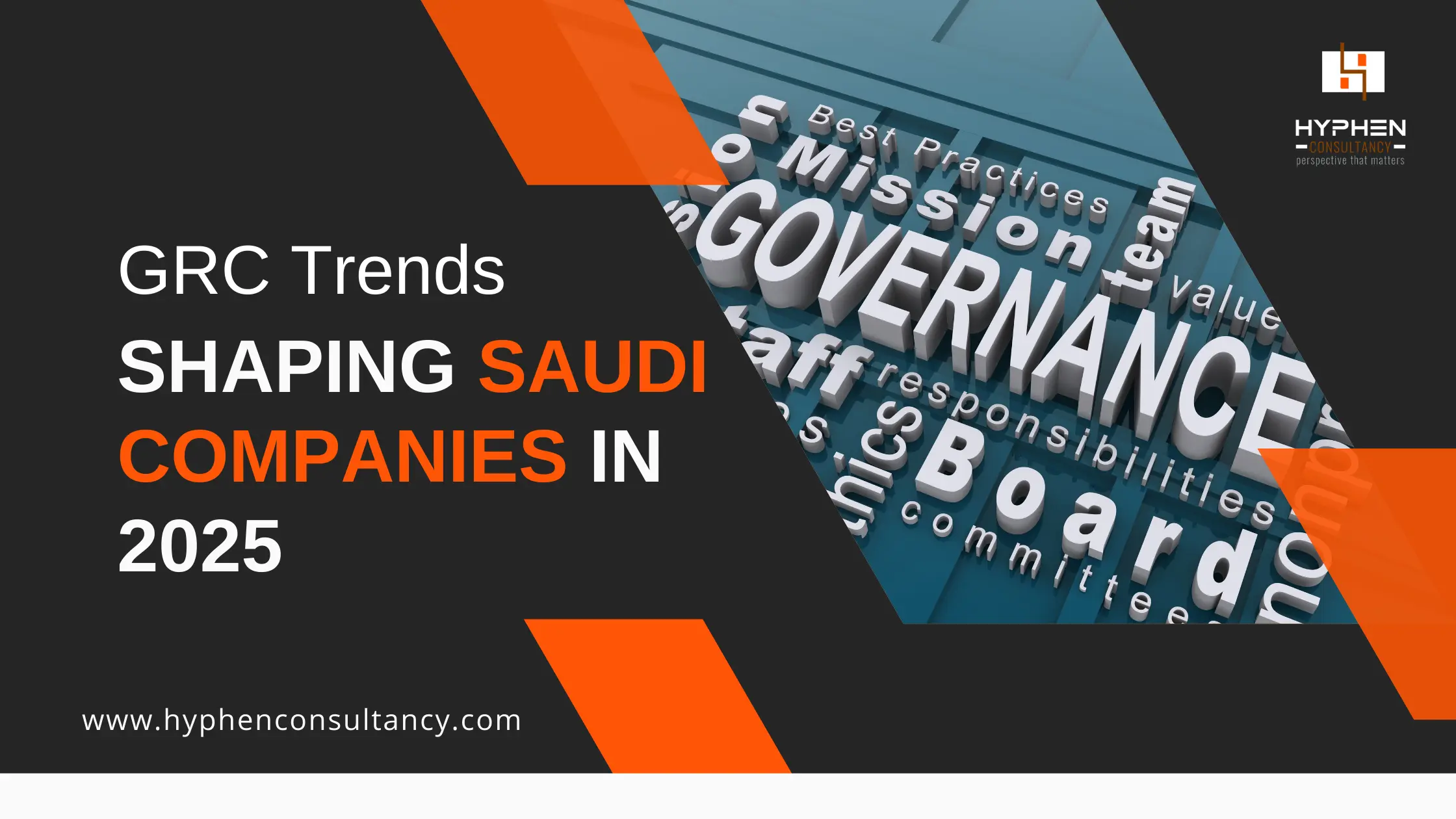Introduction
GRC Saudi Arabia is changing fast and it matters for every board and risk leader. New CMA guidance, PDPL updates and rising investor expectations mean governance risk and compliance work must be clearer and more practical. In short, the landscape is shifting from occasional checks to a steady program of controls, reporting and accountability. This article explains the top trends for 2025 and gives simple steps boards and risk teams can act on now.
Why GRC matters more now in Saudi Arabia
Vision 2030 and related reforms push transparency, foreign investment and modern governance across sectors. The Capital Market Authority has updated corporate governance rules and continues to set expectations for listed companies. At the same time the Personal Data Protection Law requires firms to treat privacy as a governance issue, and SAMA guidance is tightening risk and continuity expectations for financial firms. Taken together, these changes make GRC a board-level priority.
Five GRC Saudi Arabia Trends To Watch in 2025
1) Governance clarity and stronger board oversight in Saudi Arabia
Moreover, boards are updating charters and formal committee duties. As a result, reporting lines are clearer, and committees provide concise risk heatmaps rather than long reports. This change helps boards act faster and keeps investors informed.
2) Why PDPL and privacy are core to GRC Saudi Arabia work
For example, PDPL is now a board-level topic. Companies must map personal data, update vendor contracts and prepare breach playbooks. Consequently, privacy items are appearing in enterprise risk registers and board reports.
3) Risk management is now a core governance expectation
Risk management is no longer seen only as a technical exercise. The Capital Market Authority (CMA) has made it clear that boards and executives are expected to understand key risks and keep oversight active. Globally, the experience of COVID-19 highlighted how supply chain disruption, health risks and sudden regulatory shifts can halt operations overnight.
Saudi companies are now applying those lessons by:
- Building clearer enterprise risk registers that go beyond finance into operations, people, and supply chains
- Running basic continuity and scenario exercises, not just policy reviews
- Linking risk awareness to strategy so boards can see how risks affect growth and investor confidence
This wider approach is raising awareness across the organization and aligning Saudi practices with global expectations. Risk management is no longer about ticking boxes — it is about preparing for shocks, protecting stakeholders, and ensuring resilience in the face of uncertainty.
4) ESG is moving from reporting to testable controls
Saudi Exchange guidance and sustainable finance initiatives mean ESG is more than a statement. Firms now build controls and audit trails for environmental and social metrics so those claims can be verified. This leads to clearer KPIs, audited data sources, and sustainability steps tied to procurement and supplier checks.
5) Automation and integration of GRC work
GRC automation is gaining ground in Saudi as firms replace spreadsheets and siloed tools. Automation helps unify risk registers, control testing and compliance tasks. Practical automation reduces manual errors, makes audits faster and keeps evidence in one place for regulators and stakeholders. Vendors and local consultancies are focusing on integration with ERP, HR and finance systems.
Practical steps for boards and risk teams
- Run a short GRC health check
Map key requirements from CMA, SAMA and PDPL against your current policies. A one-week gap analysis gives a quick plan for controls and priorities. - Make privacy an enterprise risk item
Add PDPL-related items to your risk register and assign owners. Require a privacy impact assessment for new projects and vendors. - Adopt a simple continuity test
Run a tabletop drill for a supplier outage or IT failure. Document actions and owners, then update playbooks. - Start small with automation
Pilot an automation tool for one process such as vendor onboarding or control testing. Use the pilot to prove value and then scale. - Combine ESG and financial KPIs in board packs
Show ESG metrics alongside risk heatmaps. Boards want a single view of what matters and who is accountable.
What to measure right away
- Number of control exceptions by process line and owner
- Time to close corrective actions after an audit or incident
- Privacy incidents and vendor transfers logged under PDPL
- One or two ESG metrics that can be audited each quarter
- Results of at least one continuity drill per year
If you want a short GRC health check customized to your company in Saudi Arabia, Hyphen can run a focused one-week review and deliver a short remediation plan with owners and deadlines.

